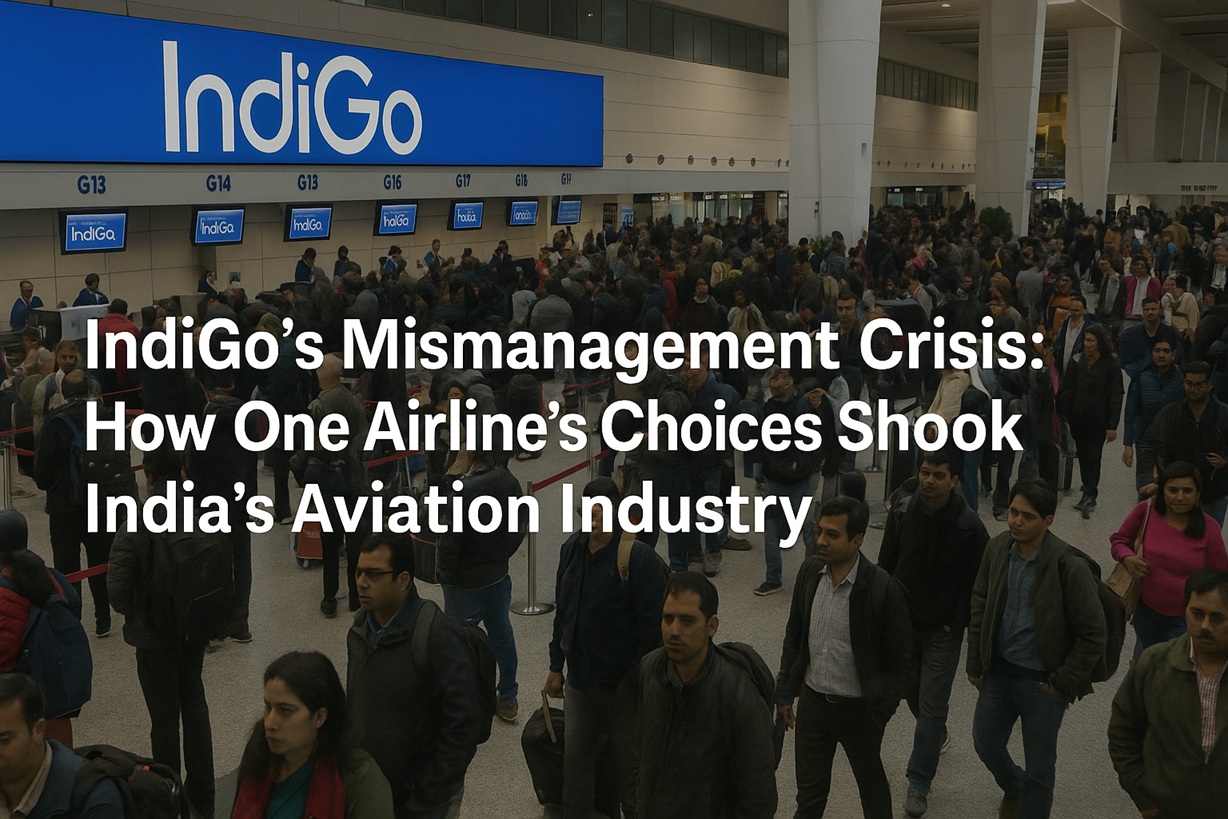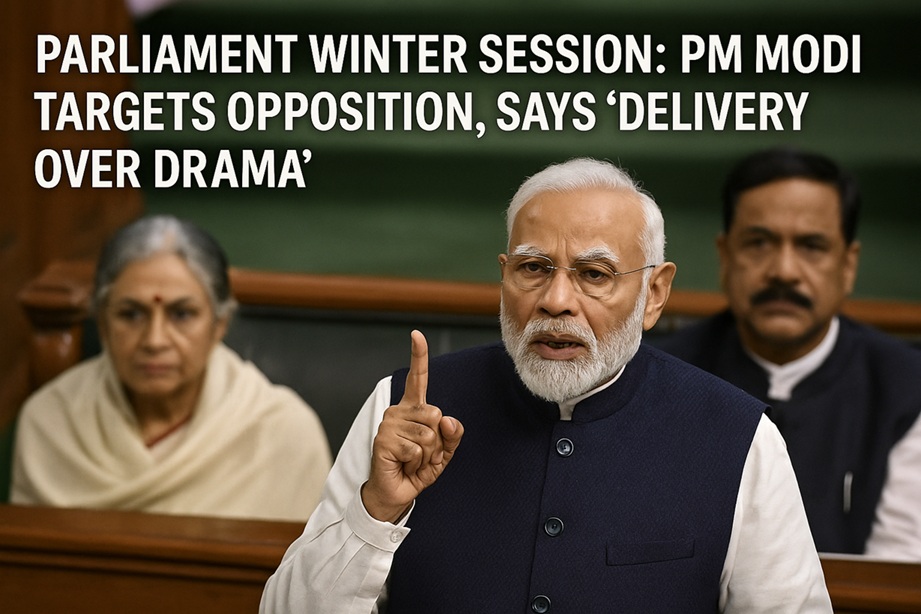The United States is experiencing its sharpest inflation spike in three years as President Donald Trump’s renewed trade war reverberates through global supply chains and domestic markets. Since April 2025, the Trump administration has imposed sweeping tariffs on imports from China, the European Union, Mexico, and most recently India, raising the average tariff rate to over 18%.
The result: higher costs for businesses, surging consumer prices, and a fresh policy dilemma for the Federal Reserve.
Inflation Hits Multi-Year Highs
Consumer Price Index (CPI):
Inflation climbed to 2.8% year-over-year in August 2025, up from 2.7% in July.
This marks the fastest price growth since 2022, driven by higher costs for household products, electronics, toys, and recreational goods.
Food and energy remain volatile, further amplifying consumer pressure.
Core Inflation:
Excluding food and energy, core inflation rose 3.1%, its fastest pace in five months.
Economists point to businesses passing tariff-related costs directly to shoppers.
Producer Price Index (PPI):
Wholesale prices surged 0.9% in July, the steepest monthly jump since 2022.
Annual producer inflation now stands at 3.3%, compared to near-zero just two months earlier.
Tariffs on steel, aluminum, and imported furniture have led to widespread price increases across industries.
Trump’s Tariff Strategy and Market Impact
Tariff Details:
Tariffs between 10% and 30% now cover nearly all major imports.
In August, Trump announced an additional 25% duty on Indian goods, citing national security and trade imbalances.
Impact on Businesses:
Many firms stockpiled goods earlier in the year, but inventories are shrinking.
Retailers, including major online platforms, are now raising prices across product categories.
Small businesses are especially vulnerable, with reduced margins and limited ability to absorb costs.
Economist Reactions:
Supporters argue tariffs could boost domestic manufacturing and reduce reliance on imports.
Critics warn they primarily act as a tax on consumers, raising inflation and reducing purchasing power.
Analysts caution that inflation will be harder for the Fed to control if trade tensions escalate further.
Federal Reserve’s Balancing Act
The Federal Reserve faces its toughest challenge in years:
Inflation Pressure: With consumer inflation near a three-year high, cutting interest rates risks fueling further price growth.
Slowing Job Growth: Payroll reports show weaker hiring, increasing calls for monetary stimulus.
Policy Pause: The Fed has held rates steady since December 2024, but September 2025 may force a policy reassessment.
Some Fed officials argue the inflation surge is temporary, linked to tariffs and supply chain adjustments. Others worry prolonged trade disputes could entrench inflation at elevated levels.
Key Takeaways
✔️ Trump’s trade war has reignited inflation, pushing consumer and wholesale prices to multi-year highs.
✔️ Businesses are passing tariff costs to households, leading to higher prices on everyday goods.
✔️ The Federal Reserve is under pressure to balance inflation control with support for slowing growth.
✔️ Upcoming negotiations with China, Mexico, and India could decide whether inflation eases or worsens in late 2025.
Conclusion
President Trump’s aggressive tariff strategy has reshaped the economic landscape, driving inflation higher and forcing businesses and consumers to absorb new costs. As the Federal Reserve weighs its options ahead of its September meeting, the US economy stands at a critical crossroads: whether to prioritize price stability or provide stimulus for slowing growth.
For now, one thing is clear—the trade war is leaving its mark on every American household.
#usinflation, #trumptariffs, #tariffwar, #donaldtrump, #worldnews,






